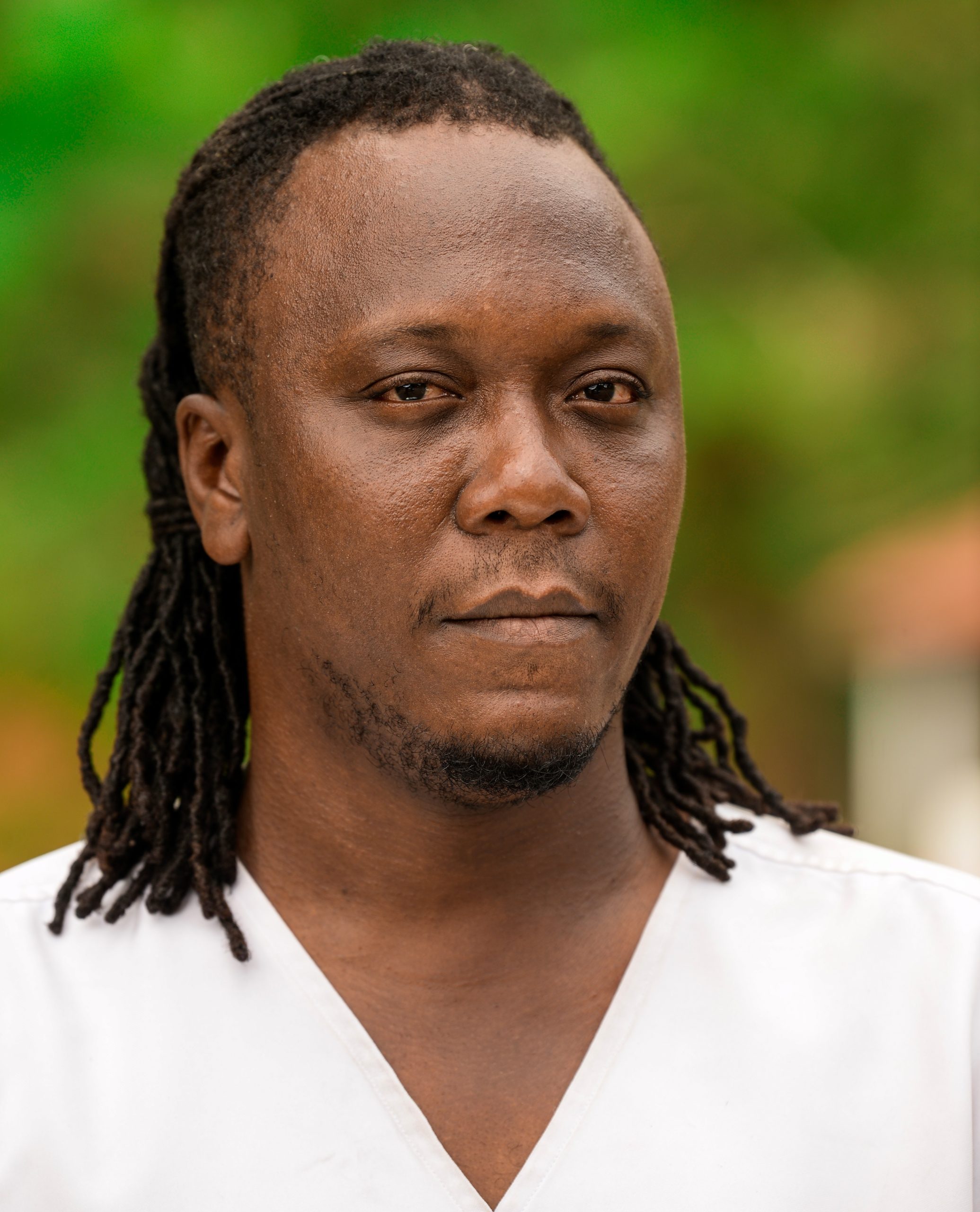Efo Sela is an artist with degrees in Communication Design, and African Art and Culture from the Kwame Nkrumah University of Science and Technology (KNUST), Kumasi, Ghana. He received his PhD in African Studies from the University of Ghana, Legon. He is an internationally active scholar in the field of postcolonial provenance research, restitution, and transcultural collaboration and multimodal research. He has worked with researchers, artists and curators on various art/research projects at the Nkyinkyim Museum (Nuhalenya), Nubuke Foundation (Accra), Museum of Science and Technology (Accra), Ubersee Museum (Bremen), Volkerkunde Museum (Zurich), Museum der Kulturen (Basel), MARKK (Hamburg), and the Bernisches Historisches Museum (Bern) etc. Sela has participated in over thirty art exhibitions throughout his 13-year career. He recently published the co-edited volume: Fifteen Colonial Theft: A Guide to Looted African Heritage in Museums (Pluto Press, 2024). He is the founder of Grin Studios Limited, an art consultancy that connects creatives, cultural producers, and researchers, specializing in museum studies, art exhibitions, design pedagogy and art based research. He is a lecturer at the University of Media, Arts and Communication in Accra.
You are currently viewing a placeholder content from X. To access the actual content, click the button below. Please note that doing so will share data with third-party providers.
More Information



